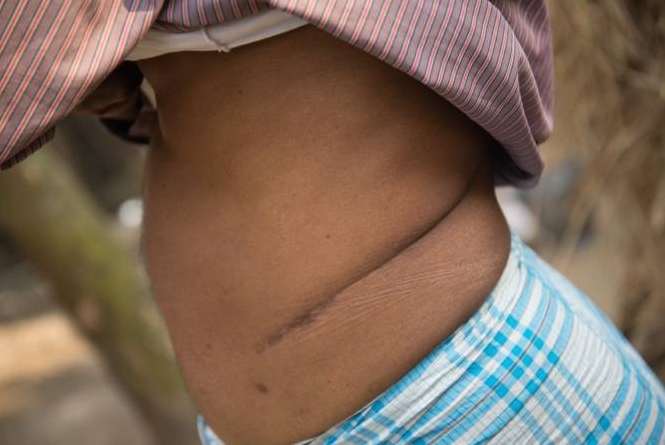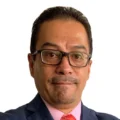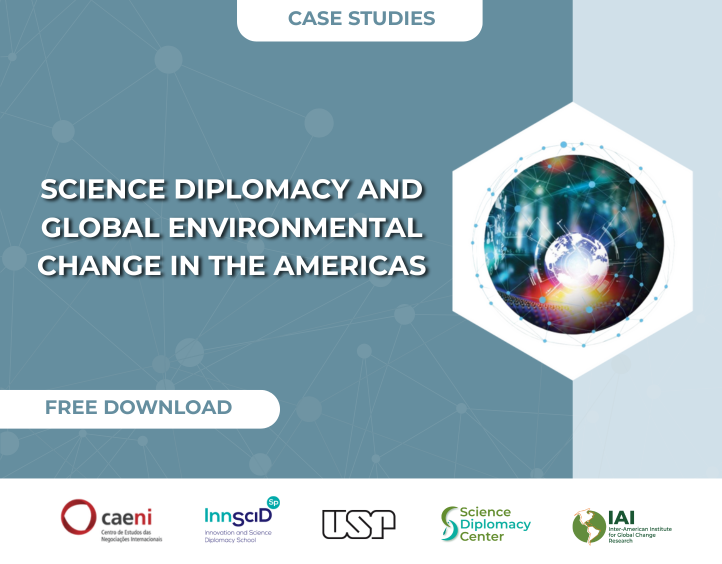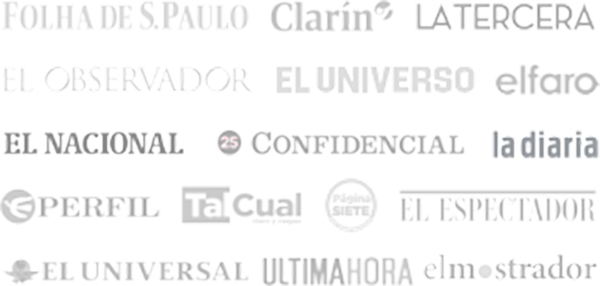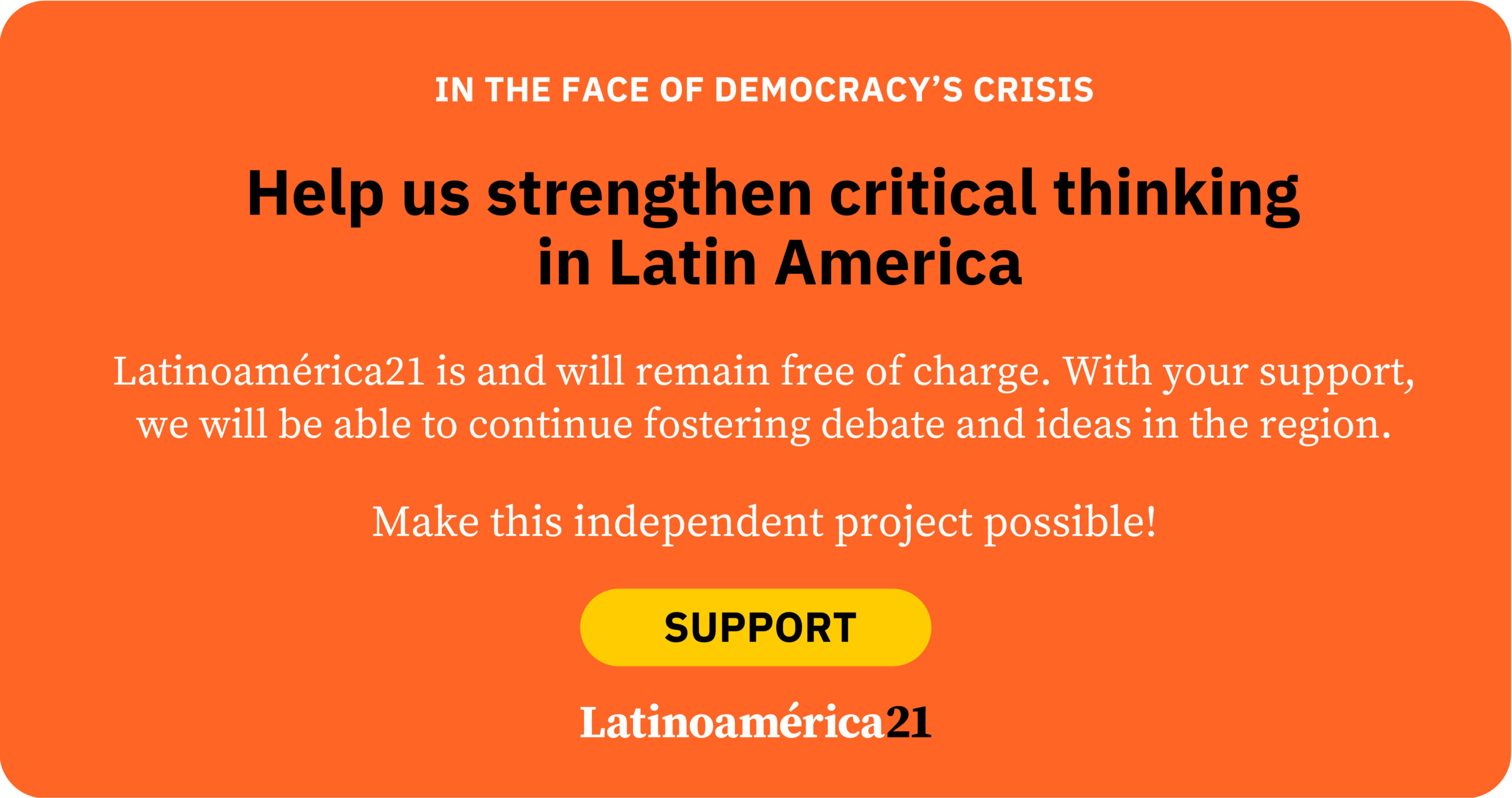Trafficking for the purpose of organ harvesting constitutes an extreme form of human exploitation. Although popular narratives often associate it with violent abductions, in practice it is based on deception: false job offers, economic manipulation and medical misinformation, where the victim’s consent is invalid under the Palermo Protocol and the guidelines of the United Nations Office on Drugs and Crime (UNODC).
Criminal networks operate through complex structures. They may have clandestine medical facilities, co-opted healthcare personnel and forged documents that disguise links between donors and recipients. This level of sophistication makes it difficult to prosecute the crime, even in countries with advanced regulatory frameworks.
The underlying problem is a global shortage of organs. The World Health Organization (WHO) estimates that about 150,000 legal transplants are performed each year, which represents less than 10% of real demand. In Latin America, this mismatch is aggravated by inequality in healthcare access and long waiting lists that fuel illegal transplant tourism. According to international studies, this illicit market generates between $840 million and $1.7 billion annually (Global Financial Integrity, 2017).
A global phenomenon
Organ trafficking is part of a broader criminal economy that exploits social vulnerabilities and regulatory loopholes. Migrants, refugees and people in irregular situations are often the main targets. Manipulation includes making them believe that transplants are safe or even reversible.
A recent example was reported in Kenya, where impoverished youth sold their kidneys for less than $1,000, while intermediaries resold them on the international market for up to $200,000. According to a DW report, many victims signed false documents under language barriers and were operated on in clinics that served as fronts for transnational networks.
But the phenomenon is not isolated. The recurring appearance of traffickers such as Robert Shpolanski—prosecuted in 2016 for cases in several countries—shows that these are organized structures sustained over time, with a double impact: donors left with permanent health consequences and recipients subjected to low-quality procedures.
The impact in Latin America
In Latin America, the magnitude of illegal trafficking is difficult to measure due to the lack of official records. However, some indications reveal its existence. In Mexico, the Financial Intelligence Unit reported 1,904 suspicious operations linked to human trafficking and alleged organ trade (UIF, 2021). These transactions involved shell companies and money laundering schemes.
The structural shortage of organs reinforces the pressure. Brazil, despite performing 28,700 legal transplants in 2023, still had more than 60,000 patients on waiting lists, according to the Brazilian Association of Organ Transplants (ABTO, 2023). In Colombia, nearly 4,000 people await an organ, according to the Ministry of Health. In Peru, voluntary donation is minimal—just one donor per million inhabitants—fueling rumors of unproven illegality (Ministry of Health of Peru).
Another factor to consider is the increase in chronic diseases in the region. The International Diabetes Federation reports that in Latin America, the adult population with diabetes rose from 8.5 million in 2000 to more than 32 million in 2021 (IDF, 2021). This situation increases demand for kidneys and other organs, while legal supply remains constrained by ethical frameworks.
In parallel, phenomena such as “transplant tourism” exploit migration corridors and corruption. The UNODC toolkit documents how networks move victims to countries with weaker controls and operate in seemingly formal clinics that, in reality, function outside the law (UNODC, 2022).
Despite these signs, it is essential to underline that there is no evidence that organ trafficking is widespread or normalized in Latin America. It is a real problem but with an unclear scope, partly because it remains overshadowed by other crimes such as drug trafficking.
Challenges and necessary responses
States in the region must move forward on three fronts. First, strengthen healthcare infrastructure and transparency in transplant processes to reduce the temptation of the black market. Second, incorporate trafficking for organ harvesting as an autonomous crime in legislation, which would facilitate victim protection and organ traceability. Third, strengthen international cooperation, since networks operate across national borders.
Instruments such as the Palermo Protocol and UNODC guidelines provide a framework for action, but their application remains uneven. Without effective coordination in justice, health and migration, states will continue leaving gaps of impunity that criminal networks exploit.
Although illegal organ trafficking is not a massive phenomenon in Latin America, it represents a threat operating on the margins of weak health systems and in contexts of social vulnerability. Confronting this problem requires comprehensive strategies that combine ethics, international cooperation and prevention policies, always keeping human dignity at the center.





